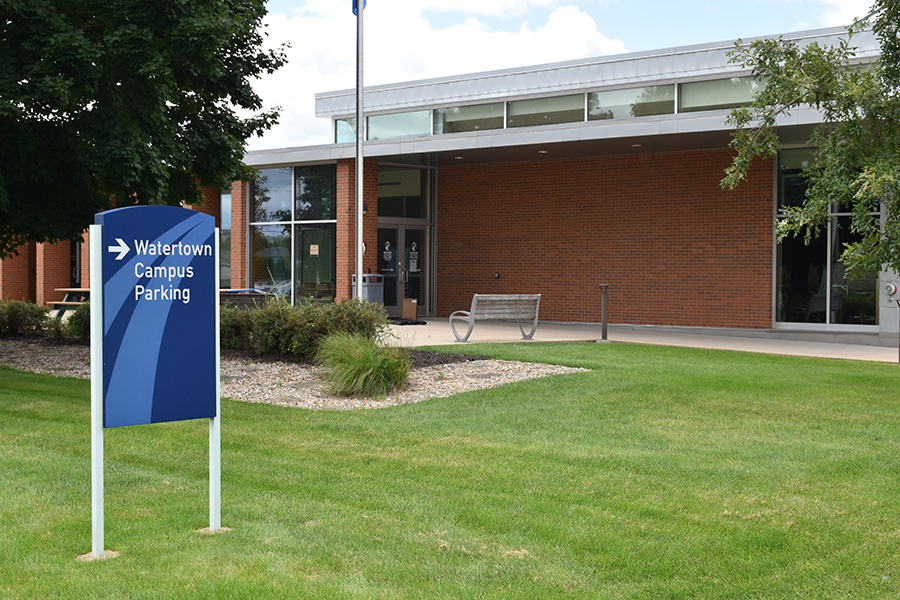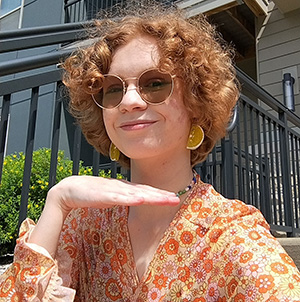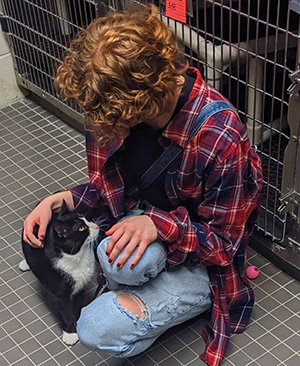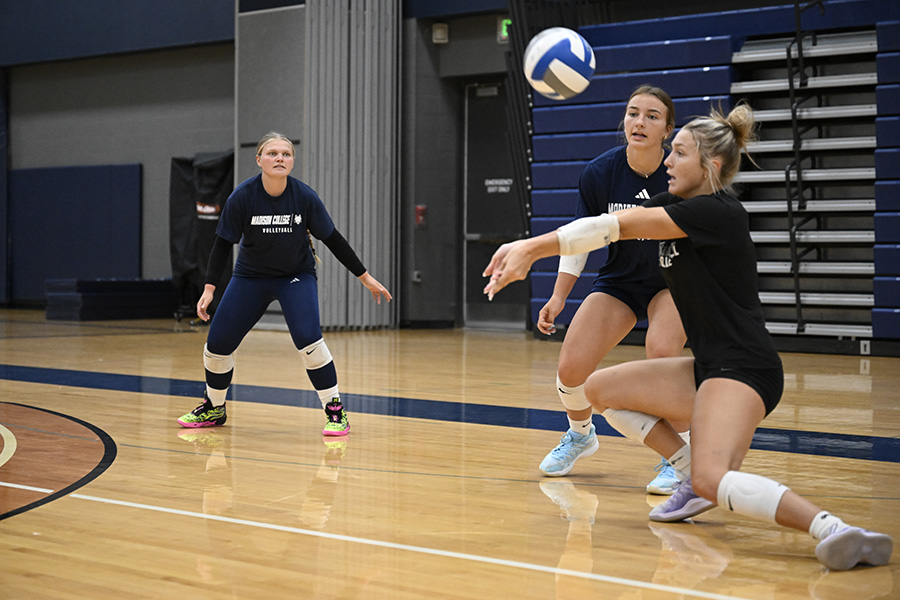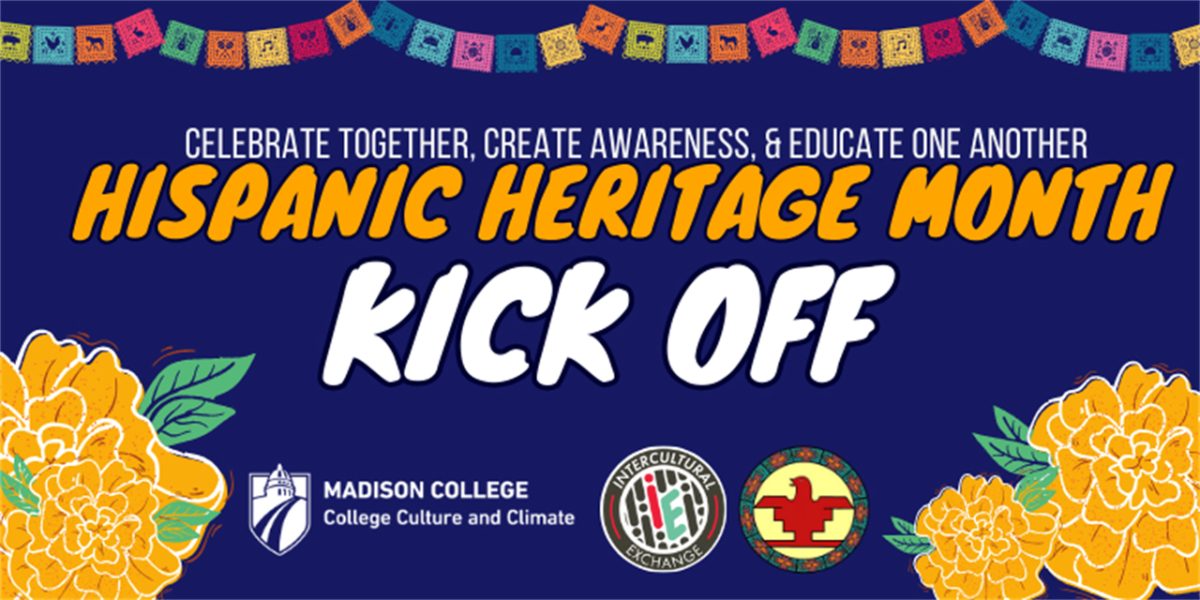For 50 years college graduates have chosen to halt their own self-interests and instead contribute to world peace by volunteering in the Peace Corps. Since President John F. Kennedy signed the order establishing the Peace Corps in 1961, more than 200,000 volunteers have served in 139 countries.
Ana Zambie who is the president for the Returned Peace Corps Volunteers in Madison, joined the Peace Corps in 1999 and served in Bolivia. She worked in basic sanitation with the health department and the mayor’s office.
For two years she survived off a $250 monthly stipend. For $13 a month she was able to rent her own compound that, “when it worked,” even had electricity and water.
“It was very nice,” Zambie said. “I had my own bedroom and a separate building was my living room. I had a pour-flush latrine out back with the chickens.”
For her first year, Zambie took her time getting to know the people in the community and earning their trust. The second year she tackled a project that would take up the remainder of her stay. In order to establish a gravity flow water system, she had to find funding and services outside of the Peace Corps. Once funding was secured, she borrowed equipment and worked with others to mix the concrete and build the system.
“It was one of the most rewarding experiences that I have had in my life,” Zambie said. “Building a water system and then watching the community immediately the next day, after the concrete set, use their water in their patio to start washing clothes and wash themselves, it was amazing.”
Zambie’s experience in the Peace Corps led to her working in sustainable development with non-profits, until she entered into education. The Spanish skills that she was able to fine-tune enabled her to work with the Spanish GED program at Madison Area Technical College.
“In the Peace Corps I realized that anything that I ever wanted to do with my life would probably not be funded normally,” Zambie Said. “I would probably have to go after grants and other things to do the kind of things that I would want to do in life.”
The ever-increasing popularity of the Peace Corps and demand for volunteers has thus far protected it from major funding cuts. With an operating budget of $400 million, the Peace Corps currently has 8,600 volunteers serving in 77 countries.
President Barack Obama’s proposed budget for 2012 allotted an additional $40 million to the Peace Corps. Rather than an increase in funding, however, in February the House Appropriations Committee announced a possible $69 million reduction.
Zambie has faith in the Peace Corps’ ability to be resourceful, but feels that the cuts are a step in the wrong direction because the agency has played an important role for the United States.
“The Peace Corps offers a tremendous amount of diplomacy,” Zambie said. “I think it really does promote peace and it really does facilitate international understanding.”




